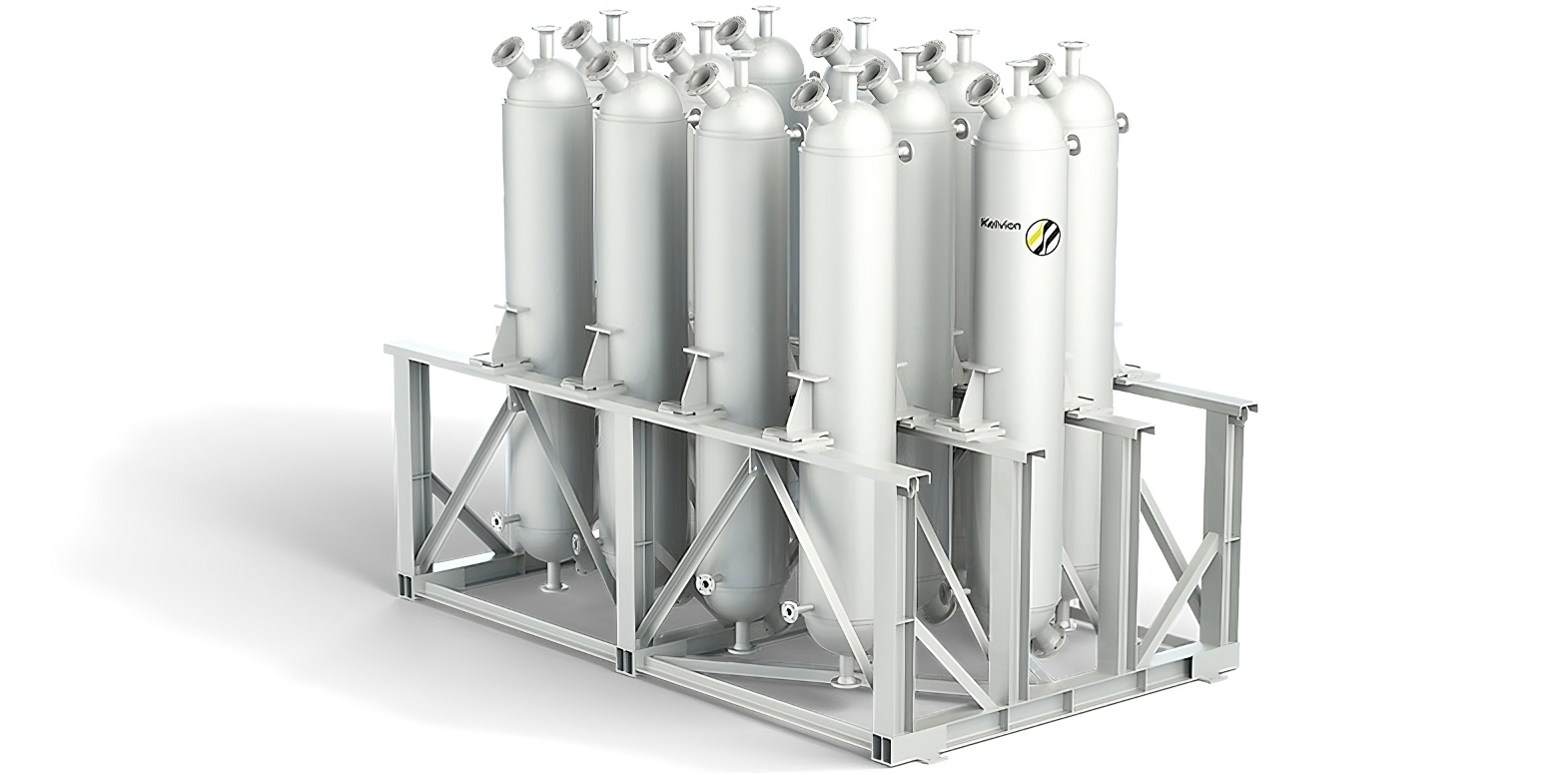The process, known as desublimation, entails a phase transition of a gaseous substance directly into a solid state, bypassing the intermediate liquid phase. A real-world example of desublimation can be observed during winter when atmospheric moisture transforms into white frost.
The viability of this groundbreaking technology was substantiated through a rigorous demonstration and validation process conducted at CSIRO's facility located in Clayton, Victoria. The core mechanism involves the freezing of CO2 from the gas stream, effectively converting it into a solid state. Once the primary vessel attains CO2 saturation, the process seamlessly shifts to a secondary vessel, while the primary vessel undergoes a heating process to extract the purified CO2 in liquid form.

This innovative approach offers several benefits when compared to existing technologies, including a reduced physical and carbon footprint, elimination of potentially hazardous solvents, up to a 50% reduction in energy consumption, and the ease of transporting and securely disposing of CO2 in liquid form through geo-sequestration methods.
Carbon capture through desublimation represents an exceptional alternative to complex separation methods. This approach primarily relies on the availability of a cold source, rendering it a particularly promising solution for deployment in LNG plants and vessels. Nevertheless, it is imperative to acknowledge that desublimators differ from conventional heat exchangers, as their principal function revolves around material separation via a phase change. Consequently, this technology offers an appealing alternative to methods such as adsorption, absorption, or cyclonic separation.
